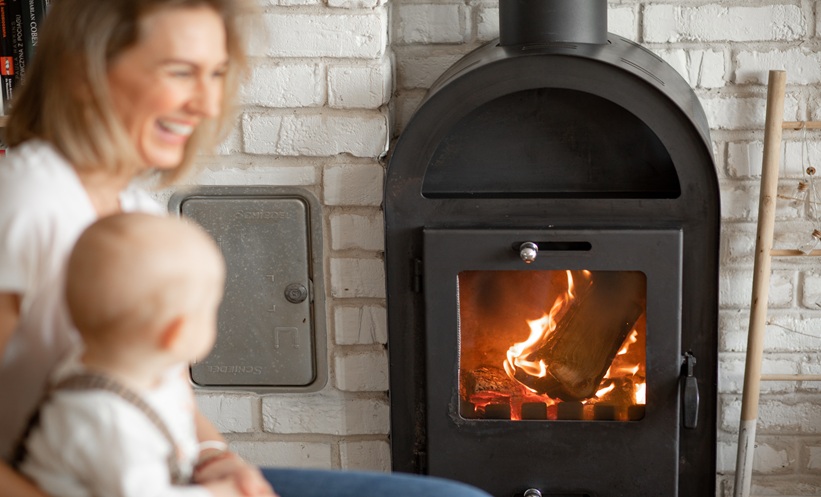INDOOR wood burning is increasingly linked to declining lung function, with new findings suggesting a rising public health threat in Europe. Researchers used large-scale longitudinal and property-level data to investigate the impact of domestic wood burner use across England and Wales, identifying both health risks and sociodemographic drivers of adoption.
The study drew on three major datasets: the English Longitudinal Study of Ageing, involving 11,000 participants; property-level Energy Performance Certificates covering 25 million households; and UK Census data. Together, these sources revealed that ownership of wood burning appliances was concentrated in affluent, predominantly White communities, often within urban Smoke Control Areas originally created to limit emissions following the Great London Smog of 1952.
Despite well-documented links between solid fuel combustion and respiratory diseases, emissions from domestic wood burning in the UK have more than doubled in recent years. In 2022, these emissions surpassed those from road vehicles as the leading source of fine particulate matter (PM2.5), underscoring the growing environmental and clinical burden of this practice.
The researchers found that wood burning persisted even among individuals with pre-existing respiratory conditions. Use of solid fuel also tended to increase with age, with older populations reporting a doubling in reliance on this heating source. Although early analyses paradoxically indicated higher lung function among users, the investigators suggest this may be explained by socioeconomic factors or selection bias rather than a protective effect.
These findings highlight the potential for European property-level energy data to target public health campaigns aimed at reducing exposure to wood smoke, while also addressing environmental injustice and carbon reduction. The authors note that quasi-experimental research designs may be required to definitively establish the respiratory harms of domestic wood burning in high-income countries.
With usage increasing despite known associations with respiratory disease, the results point to an urgent need for stronger clinical and public health messaging on the risks of indoor wood burning.
Reference: Horsfall L et al. The rising threat of domestic wood burning to Europe’s respiratory health: A case study using longitudinal data from England and Wales. PA5850. European Respiratory Society Congress, 27 September–1 October, 2025








